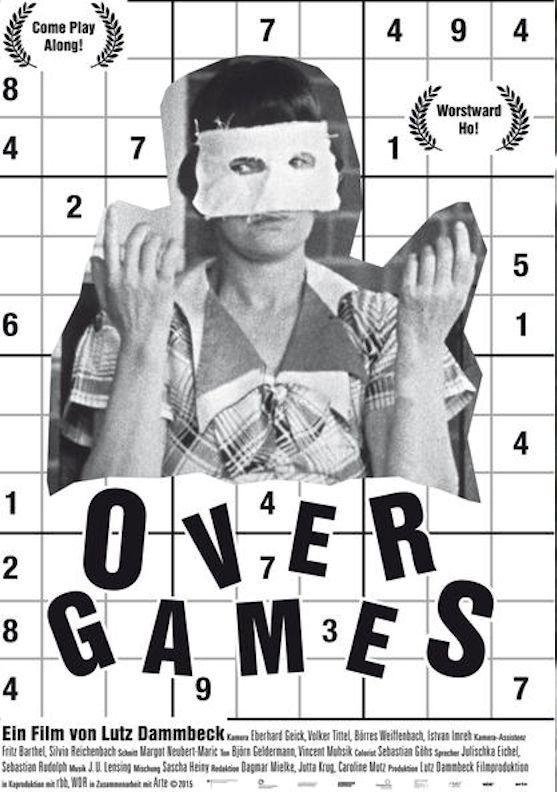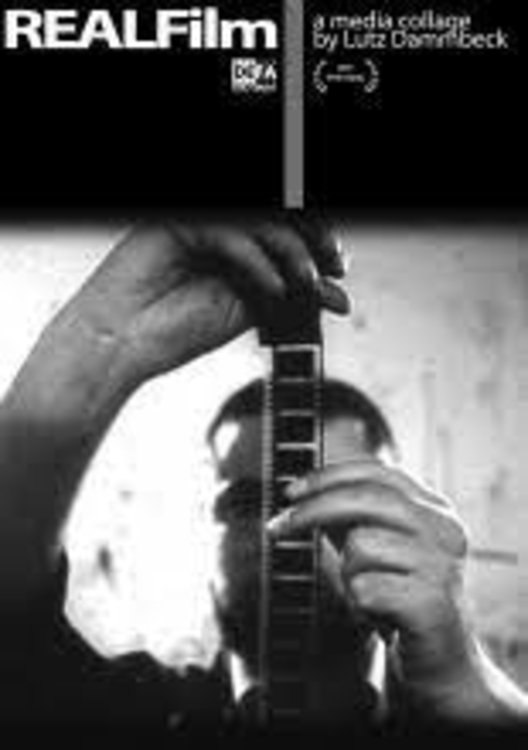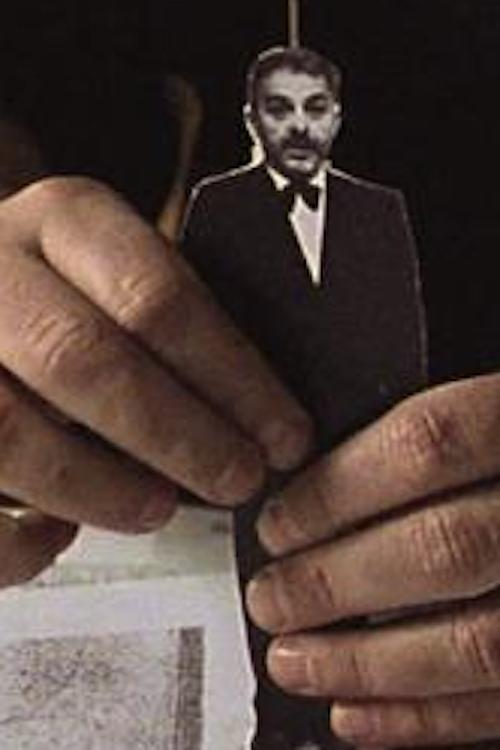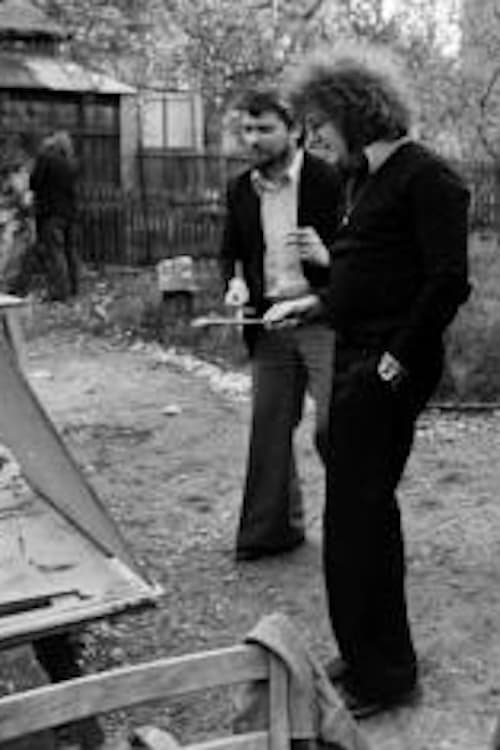

On a talkshow, actor and German TV ikon Joachim Fuchsberger recalls how the games for his show "Nur nicht nervös werden" (Don't Get Nervous), first broadcast on West German TV in 1960, were developed along the lines of American psychiatry. Asked "So how many crazy people watched you?", he responded: "A whole crazy, psychologically disturbed nation". Why were the Germans or to be more precise, the West Germans, a psychologically disturbed nation at that time? This is a film about cheerful and serious games, therapies for re-education and self-imposed re-education, as well as the history of the idea of permanent revolution. Those appearing include directors and producers of gameshows, psychiatrists, anthropologists, and the diversely paranoid.

"This multimedia collage, which includes performances by pantomime artist and dancer Fine Kwiatkowski, painter and filmmaker Lutz Dammbeck and musician Robert Linke, is a reflection on the medium of film and its elements: sound, light and movement. Dammbeck’s goal is to cleanse these elements of ideology and commerce and compose a new film out of them. The process is played out in the space in real time." - DEFA Film Library
From Stag Beetle to Swastika narrates in a richly detailed, associative montage the boundless possibilities of manipulating images and using images to seduce.

At the Vienna Art Academy in 1994, an unidentified person painted over 27 works by Austrian painter Arnulf Rainer. Rainer had become world-famous for his abstract art and, in particular, for his over-layering of photographs and overpainting of his own and other artists’ works. But who painted over the “overpainter”? Speculation rages: Did he attack his works himself? A year later, an unsigned letter surfaces claiming responsibility for the act directed against Rainer – and modern art in general – and accusing the artist of being complicit with “destructive modernism.” At the same time, Austria is shaken by a series of mail bombs by the Bajuwarian Liberation Army, in response to the supposed threat to Austria’s “German identity.” Are there connections between the overpainting event and the mail bombs? Or is this all just a game? A dream? Or perhaps a hallucination?

In this film, Dammbeck explores his own decision to relocate to Hamburg, West Germany, and tries to sort out his past as an artist. In the process, he interviews artists Cornelia Schleime, Hans-Hendrik Grimmling, and Hans Scheib, who had been core members of the alternative art scene in East Germany. They had all worked together in the 8mm scene and organized or planned multimedia and crossover exhibitions, including Tangents I in 1976-77 and the First Leipzig Autumn Salon in 1984. Each left for West Germany in the mid-1980s. What has become of their former artistic strategies and positions? How do they deal with their past? What is the force behind their art now? And how do they cope with the western art market?
Lutz Dammbeck was born in 1948 in Leipzig (East Germany). He studied graphic design. In the 1970s he started out as a painter and graphic designer while discovering animated film as a means of experimenting and expression. Until 1986 he produced his films in East Germany for production company DEFA. In 1986 he emigrated to West Germany in order to continue with his Herakles-project that was rejected by East German authorities. This project included films, installations, paintings and performances. It was pursued until 2002. Since the 1990ies Dammbeck turned his focus from animated shorts to documentaries about the art world.
By browsing this website, you accept our cookies policy.